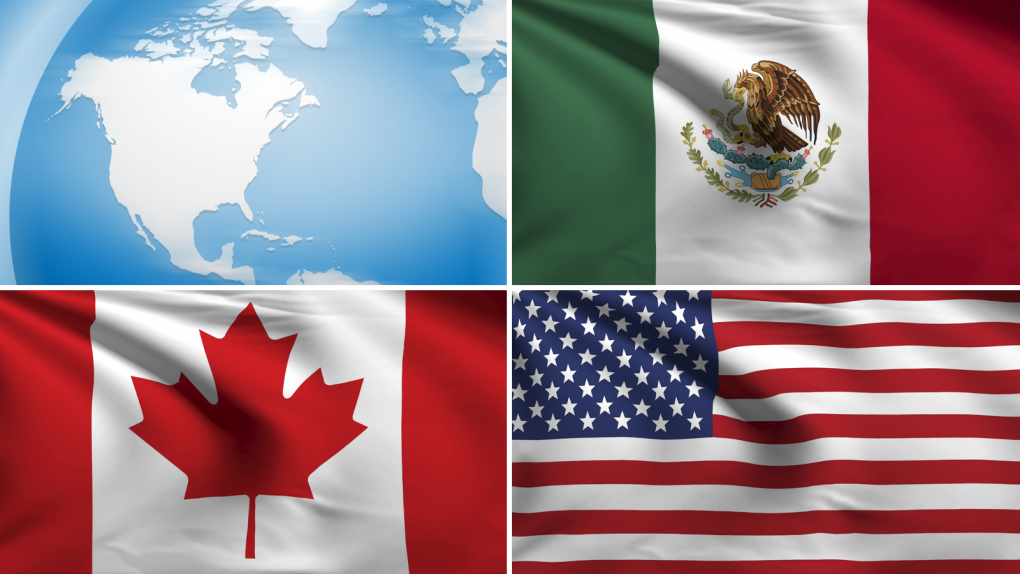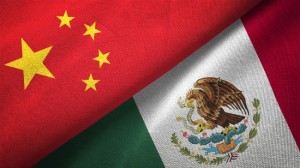Said El Mansour Cherkaoui From NAFTA to CUSMA
December 8, 1987 – December 8, 2021:
From #NAFTA to #CUSMA
Lic Cuautémoc Cárdenas – Cuauhtémoc Cárdenas Solórzano
- Publications of Said El Mansour Cherkaoui on Mexico and the Integration of North American Market
- The North American Free Trade Agreement (NAFTA) was signed into law by the U.S. President Bill Clinton, reducing barriers to trade and investment between the United States, Mexico, and Canada.
Recent publications of Said El Mansour Cherkaoui, Ph.D. on Mexico and the Integration of North American Market
A Story that started in 1982 at the Université Sorbonne Nouvelle – Institut des Hautes sur l’Amérique Latine in Paris, continued at the University of California, Berkeley and Golden Gate University [David Fike], #sanfranciscobay with field research in #mexicocity in 1992 following an invitation from Lic Cuautémoc Cárdenas, the CERDI (Center for Study and Research on the Integrated Development) and the Association of the Doctorands Mexicans who have studied in #parisfrance.
Said El Mansour Cherkaoui publications on the North American Market.

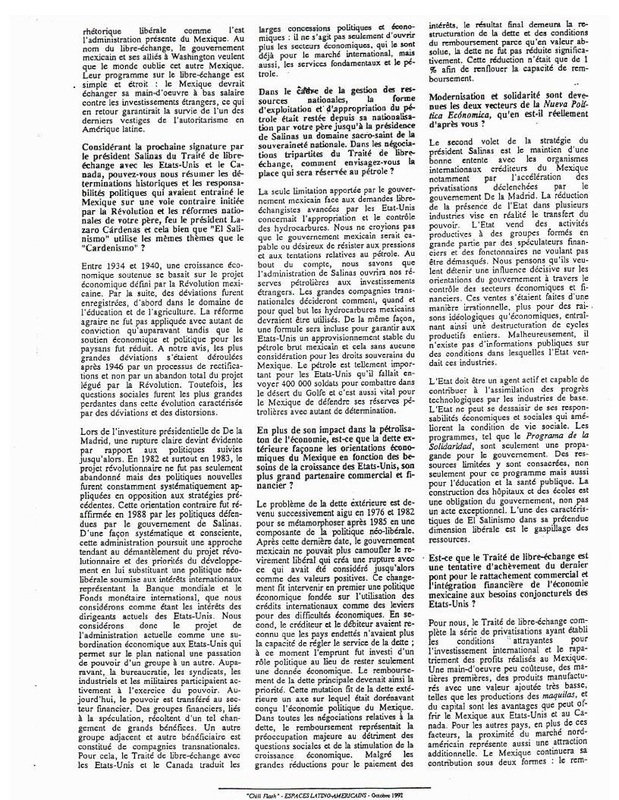
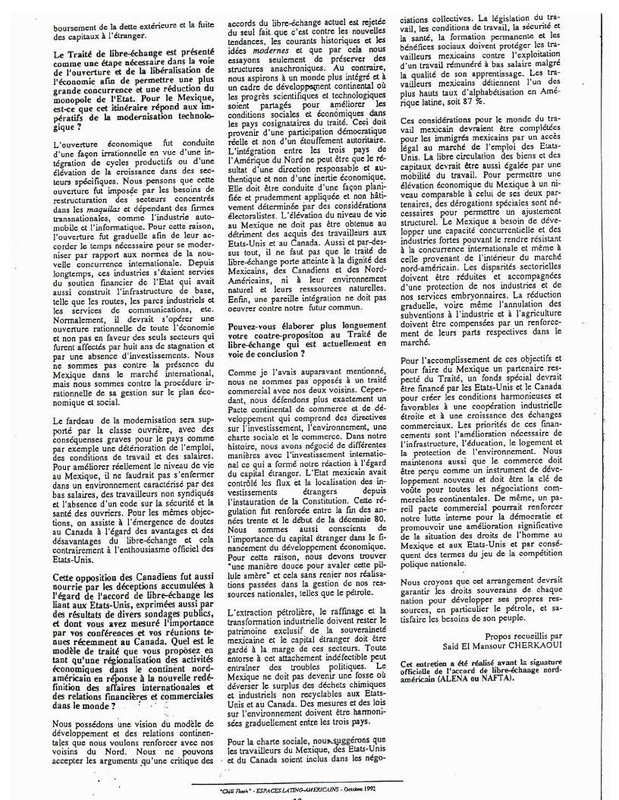
L’Accord de libre-échange nord-américain (ALÉNA) – Rencontre avec Cuauhtémoc Cárdenas
L’Accord de libre-échange nord-américain (ALÉNA) -Célébration de 30 ans de Considération pour le Mexique – Rencontre avec Cuauhtémoc Cárdenas a Berkeley en Californie, a Paris en France et a Mexico City au Mexique.
Cuauhtémoc Cárdenas Solórzano – Said El Mansour Cherkaoui Celebración de 30 años de interés en México, En la víspera de la firma del Tratado de Libre Comercio entre Estados Unidos, Canadá y México. Tratado de Libre Comercio de América del Norte (TLCAN) – Celebrando 30 Años de Consideración por México – Reunión con Cuauhtémoc Cárdenas en Berkeley, California, París, Francia y Ciudad de México, México.
North American Free Trade Agreement (NAFTA) – Celebrating 30 Years of Consideration for Mexico – Meeting with Cuauhtémoc Cárdenas in Berkeley, California, Paris, France and Mexico City, Mexico.… Continue reading
Research on NAFTA conducted in Mexico and Published by Golden Gate University, San Francisco, California where Dr. Cherkaoui was Adjunct Associate Professor from 1987 to 2001

★ Canada ★ United States ★ Mexico ★ Agreement
Trump signs USMCA, ‘ending the NAFTA nightmare’
A new Canada-United States-Mexico Agreement
Canada, the United States and Mexico signed a new North American trade agreement to replace NAFTA on November 30, 2018. The CUSMA (or USMCA in the U.S.) came into force in Canada in July 2020. This new agreement goes by a different name in each of the three countries that signed it. While known as CUSMA in Canada, it is called the United States-Mexico-Canada Agreement, or USMCA, south of the border. In Mexico, people call it T-MEC, reflecting the Spanish name of the treaty.
Many think of CUSMA as NAFTA 2.0—and with good reason. CUSMA and NAFTA are very similar agreements in terms of general concepts. CUSMA continues the work of NAFTA and was negotiated using NAFTA as a baseline. That said, the two agreements do differ in significant ways. It is not for nothing that CUSMA runs to 1500 pages—more than double NAFTA’s page count of 741.
Since July 1, 2020, NAFTA has been replaced by a new free trade agreement CUSMA. As an importer, exporter and manufacturer, for your shipments which will be customs cleared on or after July 1, 2020, you are no longer be able to claim the NAFTA preferential treatment in Canada, the United States or Mexico. From this date on, for products “originating” in North America, you will have to claim a preferential treatment under the new CUSMA treaty.
AS OF JULY 1, customs authorities (e.g. CBSA and U.S. CBP) will not accept a NAFTA Certificate of Origin to claim the CUSMA “duty-free” treatment. For your 2020 blanket certificates of origin, prepared according to NAFTA, these will apply up to June 30, 2020, only. Effective July 1, the product must be certified as an “originating” good per a CUSMA Certification of Origin.
Unlike NAFTA, the new agreement does not call for a prescribed form. Instead, CUSMA requires a Certification of Origin, which can be included on a commercial invoice or a separate document, insofar as this new Certification contains all the mandatory minimum data elements set out in Chapter 5 / Annex 5-A of CUSMA.
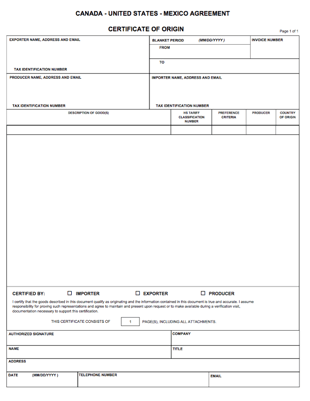
Previous sample of the trilaterally agreed upon form used by Canada, Mexico, and the United States to certify that goods qualify for the preferential tariff treatment accorded by CUSMA. The Certificate of Origin must be completed by the exporter.
To allow W2C to apply the “duty-free” treatment under CUSMA to your products that will be customs cleared on or after July 1, W2C must be in possession of a valid CUSMA Certification of Origin, included either on the commercial invoice, Canada Customs Invoice or Proforma Invoice; or included on a CUSMA Certificate of Origin template of any format that contains all of the prescribed minimum data elements.
See also additional information on the CUSMA Certification of Origin, as published by the CBSA.
W2C has developed a CUSMA Certification of Origin template which you can access via the “Resources” tab available on our website: https://w2c.ca/en/resources/.
Also be advised that the “Rules of Origin” (NAFTA vs. CUSMA) for several products (HS Codes), have changed. Before goods produced in Canada, the United States or Mexico can be certified on a Certification of Origin, they must qualify as an “originating” product under the “Rules of Origin” of the new CUSMA agreement. A product previously certified under NAFTA is not valid if imported/exported on or after July 1. Such a product must be re-qualified and re-certified under the new CUSMA rules.
Donald J. Trump Verified account@realDonaldTrump 4:04 PM · Jun 9, 2018·
PM Justin Trudeau of Canada acted so meek and mild during our @G7 meetings only to give a news conference after I left saying that, “US Tariffs were kind of insulting” and he “will not be pushed around.” Very dishonest & weak. Our Tariffs are in response to his of 270% on dairy! –
NORTH AMERICAN FREE TRADE AGREEMENT
Click here to return to NAFTA Index page
NAFTA – Chapter One: Objectives PART ONE: GENERAL PART
Article 101 : Establishment of the Free Trade Area
Article 102 : Objectives
Article 103 : Relation to Other Agreements
Article 104 : Relation to Environmental and Conservation Agreements
Article 105 : Extent of Obligations
Annex 104.1 : Bilateral and Other Environmental and Conservation Agreements
Article 101: Establishment of the Free Trade Area
The Parties to this Agreement, consistent with Article XXIV of the General Agreement on Tariffs and Trade , hereby establish a free trade area.
Article 102: Objectives
1. The objectives of this Agreement, as elaborated more specifically through its principles and rules, including national treatment, most-favored-nation treatment and transparency, are to:
- a) eliminate barriers to trade in, and facilitate the cross-border movement of, goods and services between the territories of the Parties;
- b) promote conditions of fair competition in the free trade area;
- c) increase substantially investment opportunities in the territories of the Parties;
- d) provide adequate and effective protection and enforcement of intellectual property rights in each Party’s territory;
- e) create effective procedures for the implementation and application of this Agreement, for its joint administration and for the resolution of disputes; and
- f) establish a framework for further trilateral, regional and multilateral cooperation to expand and enhance the benefits of this Agreement.
2. The Parties shall interpret and apply the provisions of this Agreement in the light of its objectives set out in paragraph 1 and in accordance with applicable rules of international law.
Article 103: Relation to Other Agreements
- 1. The Parties affirm their existing rights and obligations with respect to each other under the General Agreement on Tariffs and Trade and other agreements to which such Parties are party.
- 2. In the event of any inconsistency between this Agreement and such other agreements, this Agreement shall prevail to the extent of the inconsistency, except as otherwise provided in this Agreement.
Article 104: Relation to Environmental and Conservation Agreements
1. In the event of any inconsistency between this Agreement and the specific trade obligations set out in:
- a) the Convention on International Trade in Endangered Species of Wild Fauna and Flora , done at Washington, March 3, 1973, as amended June 22, 1979,
- b) the Montreal Protocol on Substances that Deplete the Ozone Layer , done at Montreal, September 16, 1987, as amended June 29, 1990,
- c) the Basel Convention on the Control of Transboundary Movements of Hazardous Wastes and Their Disposal , done at Basel, March 22, 1989, on its entry into force for Canada, Mexico and the United States, or
- d) the agreements set out in Annex 104.
- 1, such obligations shall prevail to the extent of the inconsistency, provided that where a Party has a choice among equally effective and reasonably available means of complying with such obligations, the Party chooses the alternative that is the least inconsistent with the other provisions of this Agreement.
- 2. The Parties may agree in writing to modify Annex 104.1 to include any amendment to an agreement referred to in paragraph 1, and any other environmental or conservation agreement.
Article 105: Extent of Obligations
The Parties shall ensure that all necessary measures are taken in order to give effect to the provisions of this Agreement, including their observance, except as otherwise provided in this Agreement, by state and provincial governments.
Annex 104.
1 Bilateral and Other Environmental and Conservation Agreements
- 1. The Agreement Between the Government of Canada and the Government of the United States of America Concerning the Transboundary Movement of Hazardous Waste , signed at Ottawa, October 28, 1986.
- 2. The Agreement Between the United States of America and the United Mexican States on Cooperation for the Protection and Improvement of the Environment in the Border Area ,
signed at La Paz, Baja California Sur, August 14, 1983.
These agreements electronically are a public service for general reference. Every effort has been made to ensure that the text presented is complete and accurate. However, copies needed for legal purposes should be obtained from official archives maintained by the appropriate agency.
US Trade Moving Mexico in Front of China for the New Re-Globalization
Said El Mansour Cherkaoui July 13, 2023 – Said El Mansour Cherkaoui Dr. Said El Mansour Cherkaoui has conducted research on Brazil, Mexico,… Read More
Said El Mansour Cherkaoui Research – Publication: From NAFTA to CUSMA

Said El Mansour Cherkaoui February 16, 2023 – Said El Mansour Cherkaoui From NAFTA to CUSMA December 8, 1987 – December 8, 2021: From #NAFTA to #CUSMA Lic… Read More
Brazil – Africa and Lula
Said El Mansour Cherkaoui February 15, 2024 – Publications and Research on Brazil by Dr. Said El Mansour Cherkaoui Originally published October 31,… Read More
Views and Reviews on Latin America
Said El Mansour Cherkaoui September 3, 2023 – We offer and provide you with News, Analysis, Reports, Research, and Articles based on more… Read More
Said El Mansour Cherkaoui on Latin America
Said El Mansour Cherkaoui November 22, 2022 – Sudamerica América do Sul South America Amérique du Sud Said El Mansour Cherkaoui … Read More
NAFTA and Labor

NAFTA Overview and Its Effect on Undocumented Immigration NAFTA stands for the North American Free Trade Agreement and it is a Preferential Trade Agreement (PTA) between the United States, Mexico, and Canada. A PTA is an agreement between a group of countries to levy low or zero tariffs against imports from members. NAFTA took effect in January of 1994, and at the time, it was ★ “NAFTA and Labor” Posted April 23, 2020… Continue reading
NAFTA Twenty Years After
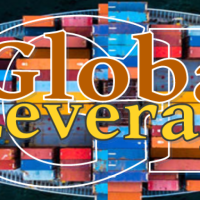
NAFTA at 20: One Million U.S. Jobs Lost, Higher Income Inequality By Lori Wallach My New Year’s celebrations this year were haunted by memories of January 1, 1994 — the day that the North American Free Trade Agreement (NAFTA) went into effect. I remember crying that day, thinking about the proud men and women in union halls across America, the Mexican campesinos and the inspiring Canadian activists ★ “NAFTA Twenty Years Later” Posted by I … Continue reading
Trump and NAFTA: Path of Negotiation and Reinvention

Read more: Trump Sours Flagging NAFTA Talks With Steel Trade War Threats | Newsmax.com POLITICAL WILL Officials say a handful of less contentious NAFTA chapters could still be concluded during the latest round of talks, and three people at the talks said the technical teams remained focused on their tasks, despite the uncertainty the steel tariff ★ Posted April 23, 2020 ★ Continue reading “Trump and NAFTA: Path of Negotiation and Reinvention”
NAFTA: U.S. and Mexico Preliminary Deal
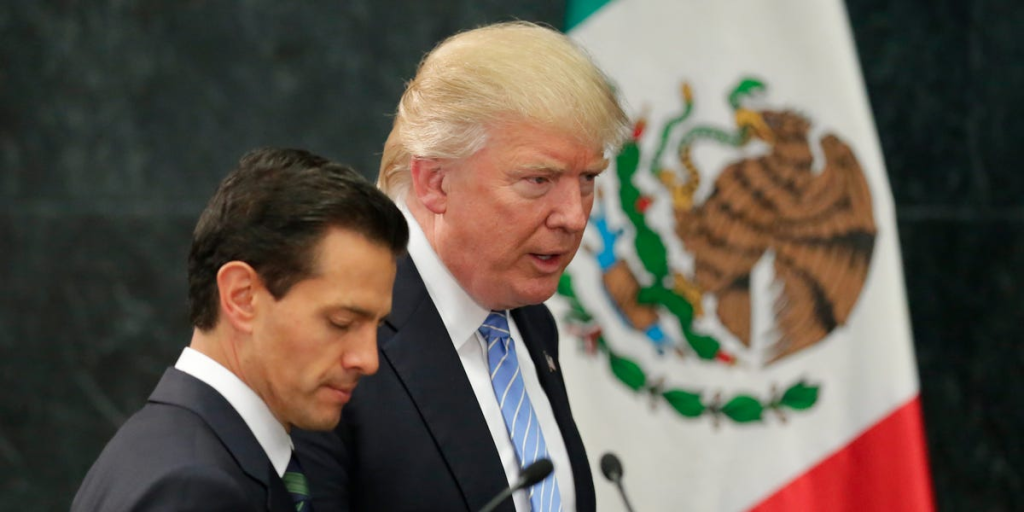
President Trump said the United States and Mexico would be entering into a new trade deal called the United States-Mexico trade agreement, and that he wanted to get rid of the name of the 24-year-old North American Free Trade Agreement, a crucial step toward revamping a trade pact that has appeared on the brink of ★ Posted April 23, 2020 ★ Continue reading “NAFTA: U.S. and Mexico Preliminary Deal”
Immigration and North American Market

CROSS THE BORDER WITH TACO BELL NO CROSSING THE WALL WITH SMART DETECTORS Climbing the Wall and the Van of the Migra: Border US-Mexico The issue of immigration was not tackled, reduced or resolved neither with the Bracero Program, the Maquiladoras, the opening of the Mexican Economy and its complete liberalization and privatization, and the ★ Continue reading “Immigration and North American Market” ★ Posted July 14, 2020
Migration and Trade in North America: Trump Vision

Collision of Immigration and Trade: North America Versus Central America Trump putting 5% tariff on Mexican imports By The Associated Press | Posted: Thu 7:53 PM, May 30, 2019 | Updated: Thu 8:08 PM, May 30, 2019 WASHINGTON (AP) — President Donald Trump says he is slapping a 5% tariff on all Mexican imports to pressure the country to do more to ★ Posted April 23, 2020 ★ Continue reading “Migration and Trade in North America: Trump Vision”
North American Free Trade Agreement
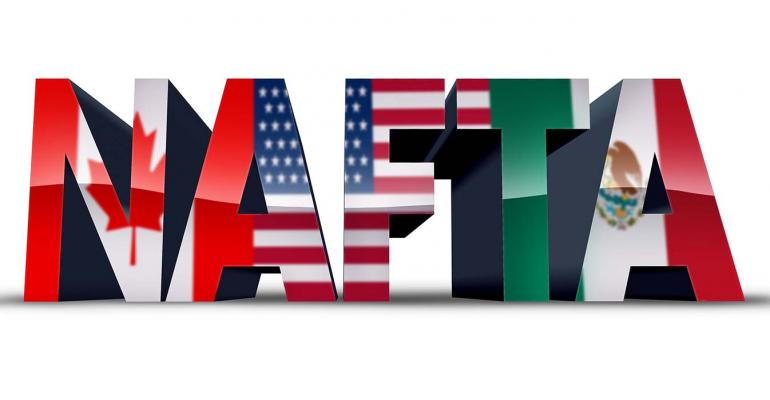
The North American Free Trade Agreement created a preferential tariff area among the United States, Canada, and Mexico beginning on January 1, 1994. However, the drive for regional economic cooperation had begun as early as 1851 with bilateral free trade negotiations between the United States and Canada. A free trade area involving the United States and all of Latin America was advocated by U.S. secretary ★ “North American Free Trade Agreement” ★ Posted April 23, 2020… Continue reading
Mexico – City 1990 ★ Cuauhtémoc Cárdenas and Said El Mansour Cherkaoui
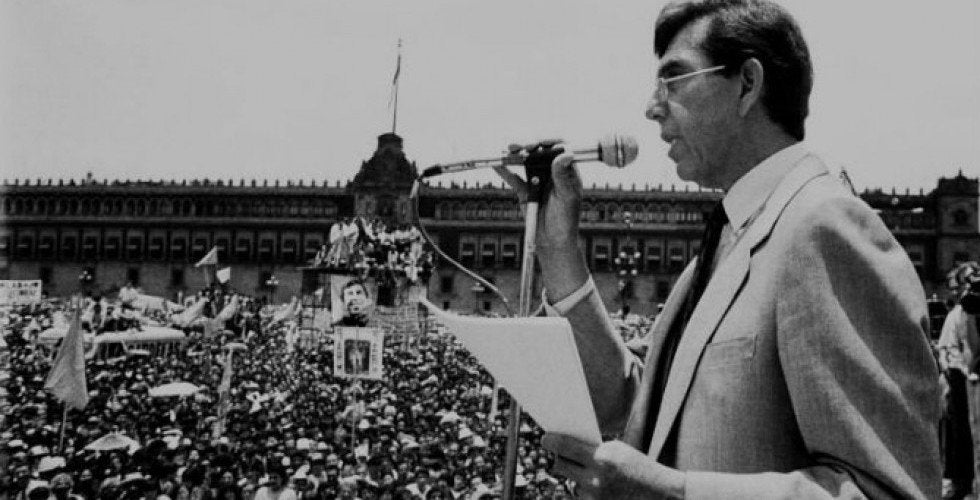
Cuauhtémoc Cardenas el hombre que institucionalizó a la izquierda About the Cuauhtémoc Cárdenas Solórzano Hijo de Lázaro Cárdenas del Río, nació en 1934, en la Ciudad de México. Es ingeniero civil por la UNAM con estudios en Francia, Alemania e Italia. Entre 1961 y 1964 dirigió el Movimiento de Liberación Nacional. Fue miembro del PRI ★ Continue reading “Mexico – City 1990 ★ Cuauhtémoc Cárdenas and Said El Mansour Cherkaoui” ★ Posted

Why the big push for NAFTA if the promised gains were so modest and uncertain? Some of the explanation centers on the indirect benefits the United States could expect to derive from the Mexican prosperity predicted to result from its recent liberalization–if NAFTA could make it permanent. Even if NAFTA created no net trade increases ★ “US-Mexico-Canada Agreement” ★Posted July 2, 2019… Continue reading →
North American Free Trade Agreement

The North American Free Trade Agreement created a preferential tariff area among the United States, Canada, and Mexico beginning on January 1, 1994. However, the drive for regional economic cooperation had begun as early as 1851 with bilateral free trade negotiations between the United States and Canada. A free trade area involving the United States…Lire la Suite →
Mexico – US – Canada: NAFTA to CUSMA with Said El Mansour Cherkaoui

L’Accord de libre-échange nord-américain (ALÉNA) -Rencontre avec Cuauhtémoc Cárdenas 8/29/2015 – to this date of 5/8/2022 Cuauhtémoc Cárdenas Solórzano – Said El Mansour Cherkaoui [Spanish – English – French] Celebración de 32 años de Said El Mansour Cherkaoui interés en México En la víspera de la firma del Tratado de Libre Comercio entre Estados Unidos, Canadá y México, fui a México, donde continué mi conversación … Continue reading
Said El Mansour Cherkaoui: NAFTA and CUSMA

Mexico City: August 1990 – Oakland – June 1992 – Paris, France – California: 8/29/2015 – to this date of 5/8/2022 Initial Research and Publication on Regional Market Integration Case – Studies of the European Economic Community and the North American Free Trade Agreement Mexico – US – Canada L’Accord de libre-échange nord-américain (ALÉNA) -Rencontre…Continue Reading →
From NAFTA to CUSMA
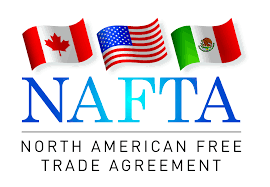
★ Canada ★ United States ★ Mexico ★ Agreement Trump signs USMCA, ‘ending the NAFTA nightmare’ Since July 1, 2020, NAFTA has been replaced by a new free trade agreement CUSMA. As an importer, exporter and manufacturer, for your shipments which will be customs cleared on or after July 1, 2020, you are no longer…Continue Reading →
Disclaimer:
Please note that all information on this Website is subject to change. All articles are for information purposes only.
We are always available to answer in detail any questions our clients may have regarding the aforementioned information . Contact us at: support@triconsultingkyoto.com

